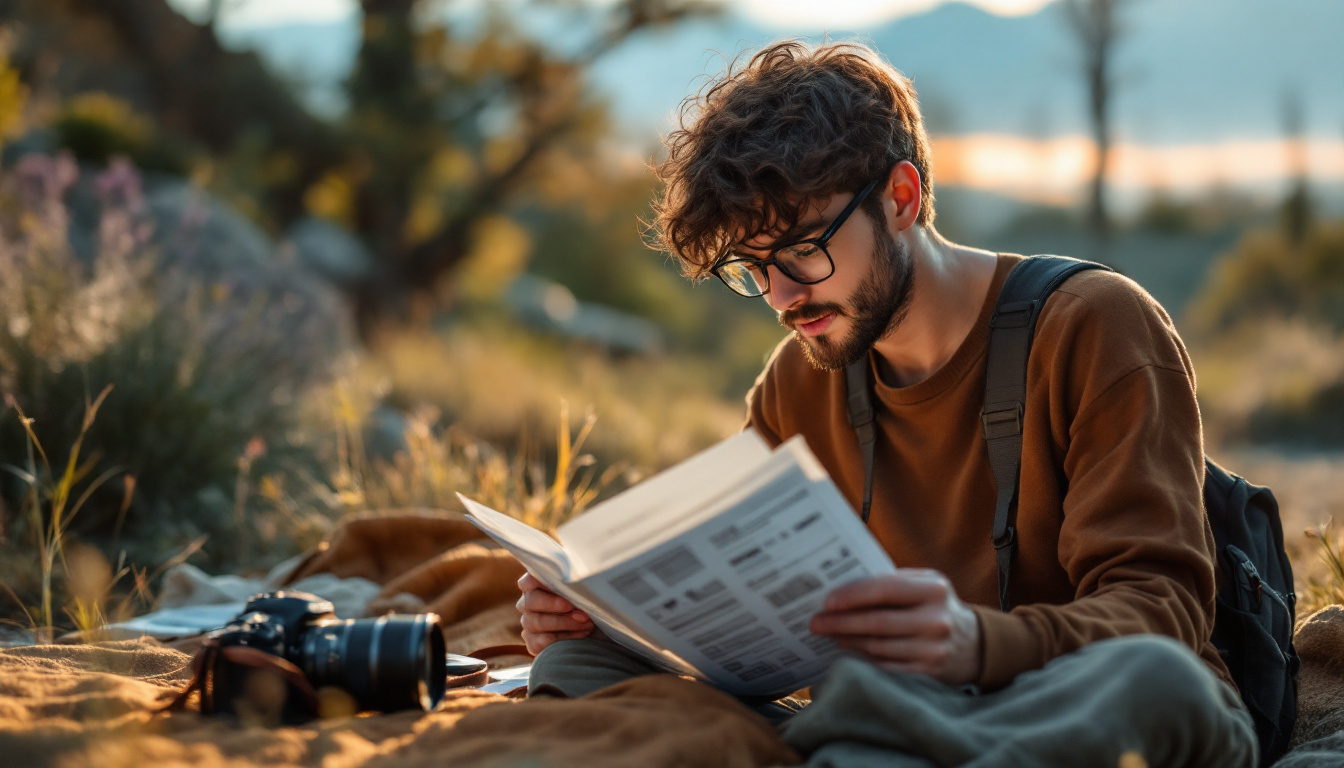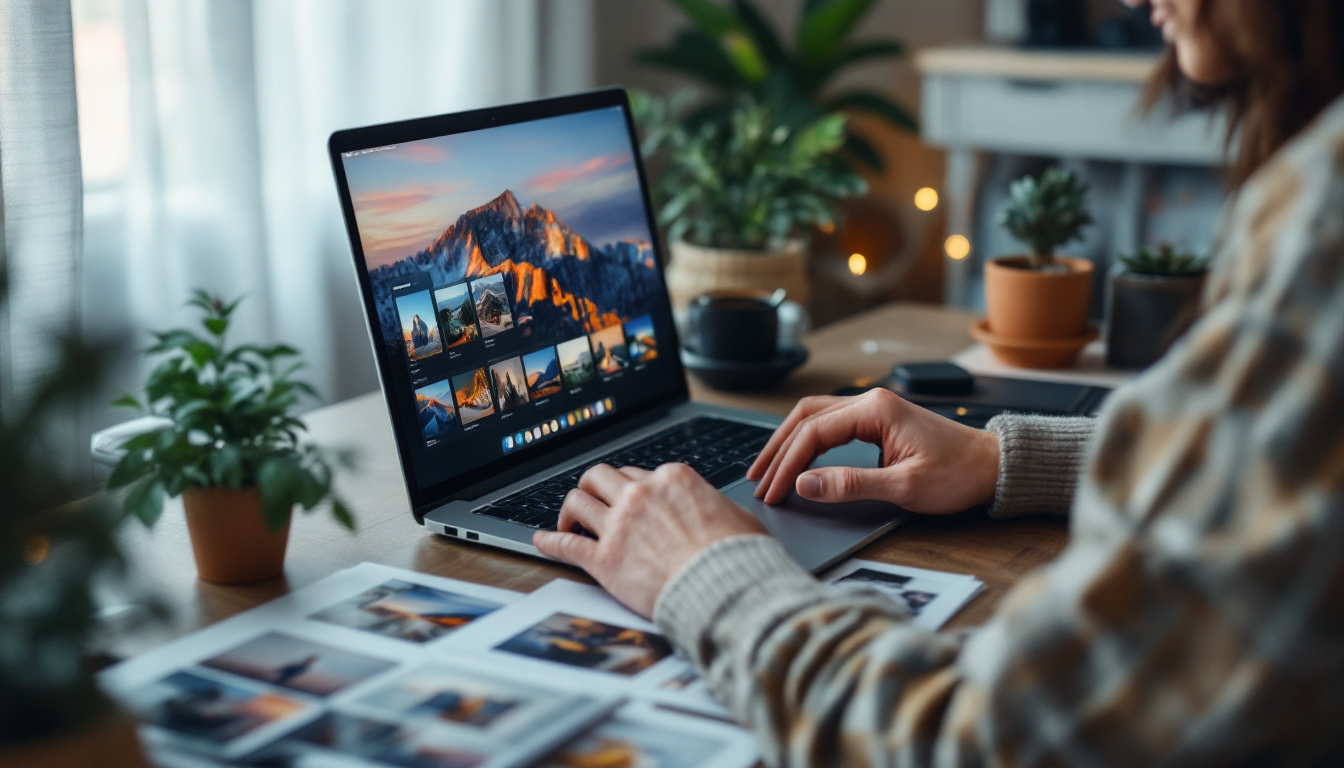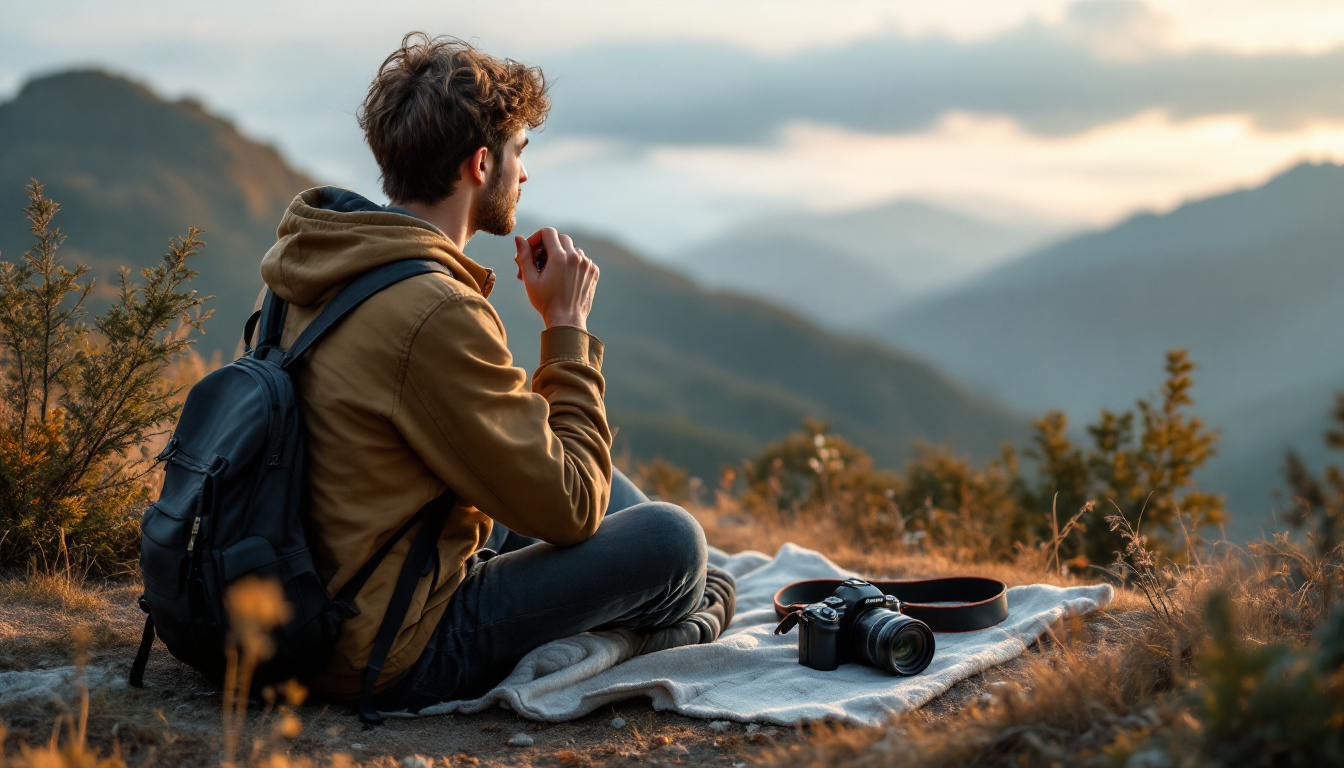Photography is a captivating art form that allows individuals to express their creativity, capture moments, and tell stories through images. Whether you’re looking to pursue photography as a hobby or a profession, getting started can be both exciting and overwhelming. This guide will walk you through the essential steps to embark on your photographic journey, from choosing the right equipment to honing your skills and finding your unique style.
Understanding the Basics of Photography
Familiarizing Yourself with Photography Terminology
Before diving into photography, it’s crucial to understand the basic terminology. Terms like aperture, shutter speed, ISO, and exposure triangle are fundamental concepts that influence how your photos turn out. Aperture controls the depth of field, shutter speed affects motion blur, and ISO determines the camera’s sensitivity to light. Mastering these terms will help you make informed decisions when capturing images.

Another important concept is composition, which refers to how elements are arranged within a photo. The rule of thirds, leading lines, and framing are some of the compositional techniques that can enhance the visual appeal of your images. Understanding these principles will enable you to create more balanced and engaging photographs.
Choosing the Right Camera and Equipment
When starting out, selecting the right camera is crucial. While smartphones offer impressive photography capabilities, investing in a dedicated camera can provide more control and flexibility. Entry-level DSLRs and mirrorless cameras are excellent choices for beginners, offering a good balance between quality and affordability.
In addition to the camera body, consider the lenses you’ll need. A versatile zoom lens is a great starting point, allowing you to experiment with different focal lengths. As you progress, you might want to explore prime lenses for sharper images and better low-light performance. Don’t forget essential accessories like a sturdy tripod, camera bag, and memory cards.
Developing Your Photography Skills
Learning Through Online Resources and Courses
There are countless online resources available to help you learn photography. Websites, blogs, and YouTube channels offer tutorials on various techniques, from basic camera settings to advanced post-processing. Consider enrolling in online courses that provide structured learning paths and assignments to practice your skills.
Photography forums and communities are also valuable resources. Engaging with other photographers can provide feedback on your work, inspire new ideas, and offer support as you progress. Participating in photography challenges and contests can push you to try new techniques and improve your skills.
Practicing Regularly and Experimenting
Consistent practice is key to becoming proficient in photography. Set aside time each week to go out and shoot, experimenting with different subjects, lighting conditions, and camera settings. Don’t be afraid to make mistakes; they are valuable learning opportunities that will help you grow as a photographer.
Experimentation is crucial for finding your unique style. Try different genres of photography, such as landscape, portrait, street, or macro, to discover what resonates with you. As you experiment, pay attention to what excites you and what challenges you, and use these insights to refine your approach.
Exploring Different Photography Genres
Landscape Photography
Landscape photography involves capturing the beauty of nature, from sweeping vistas to intimate details of the natural world. It requires patience and an eye for composition, as well as an understanding of how light changes throughout the day. A wide-angle lens is often preferred for capturing expansive scenes, while a tripod is essential for stability during long exposures.
Timing is crucial in landscape photography. The golden hour, shortly after sunrise or before sunset, offers soft, warm lighting that enhances the natural beauty of a scene. Experimenting with different perspectives and compositions will help you create compelling landscape images.
Portrait Photography
Portrait photography focuses on capturing the essence and personality of individuals or groups. It requires strong interpersonal skills to make subjects feel comfortable and natural in front of the camera. Understanding lighting, whether natural or artificial, is key to creating flattering portraits.
Experiment with different poses, expressions, and backgrounds to add variety to your portraits. A prime lens with a wide aperture is ideal for achieving a shallow depth of field, which helps isolate the subject from the background and create a pleasing bokeh effect.
Street Photography
Street photography captures candid moments in public spaces, often highlighting the human condition and everyday life. It requires a keen eye for detail and the ability to anticipate moments before they happen. A small, unobtrusive camera is often preferred for street photography, allowing you to blend in with your surroundings.
Street photography can be challenging due to its unpredictable nature, but it offers rewarding opportunities to capture unique and spontaneous moments. Developing a sense of curiosity and observation will help you find interesting subjects and compositions in the hustle and bustle of urban environments.
Editing and Post-Processing
Understanding Post-Processing Software
Post-processing is an essential part of modern photography, allowing you to enhance and refine your images. Software like Adobe Lightroom and Photoshop are popular choices for editing photos. Lightroom offers a range of tools for adjusting exposure, contrast, color, and more, while Photoshop provides advanced capabilities for retouching and compositing.
Learning the basics of post-processing will enable you to bring out the best in your photos. Start with simple adjustments like cropping, straightening, and correcting exposure, and gradually explore more advanced techniques like color grading and retouching.
Maintaining a Consistent Editing Style
Developing a consistent editing style is important for creating a cohesive body of work. As you experiment with different editing techniques, pay attention to what appeals to you and aligns with your vision. Consistency in editing helps establish your unique photographic voice and makes your portfolio more recognizable.
Consider creating presets or templates for your editing workflow to streamline the process and maintain consistency across your images. Regularly reviewing and refining your editing style will help you stay true to your artistic vision while adapting to new trends and techniques.
Building Your Photography Portfolio
Curating Your Best Work
A well-curated portfolio is essential for showcasing your skills and attracting potential clients or collaborators. Select a diverse range of images that demonstrate your technical abilities, creativity, and unique style. Quality is more important than quantity, so focus on including only your best work.

Organize your portfolio into categories or themes to make it easy for viewers to navigate. Consider including a mix of personal projects and commissioned work to highlight your versatility and range as a photographer.
Creating an Online Presence
In today’s digital age, having an online presence is crucial for photographers. Create a professional website to showcase your portfolio, provide information about your services, and share your contact details. A well-designed website can help you stand out and attract potential clients or collaborators.
Social media platforms like Instagram and Facebook are also valuable tools for sharing your work and connecting with a wider audience. Regularly update your profiles with new content, engage with your followers, and participate in photography communities to expand your reach and network.
Conclusion
Getting into photography is a rewarding journey that combines technical skills with creative expression. By understanding the basics, practicing regularly, exploring different genres, and developing your editing style, you can cultivate your passion for photography and create compelling images that resonate with others. Remember, the key to success is persistence and a willingness to learn and grow as a photographer.

As you embark on your photography journey, remember that sharing your work and managing your projects efficiently is just as important as capturing that perfect shot. Cliqora is here to streamline the process for you. With our intuitive SaaS platform, you can upload and share your photoshoot content effortlessly with clients, enjoy super fast resumable uploads, and offer your clients permanent access to their images through our mobile app. Plus, with AI face detection, your clients can share their memories privately and securely. Say goodbye to the hassle of hard drives and Google Drive. Cliqora also assists with client management, contracts, and payments, simplifying your business so you can focus on your art. Start your photographic journey with us and register for early access to create your first project on Cliqora for free!



